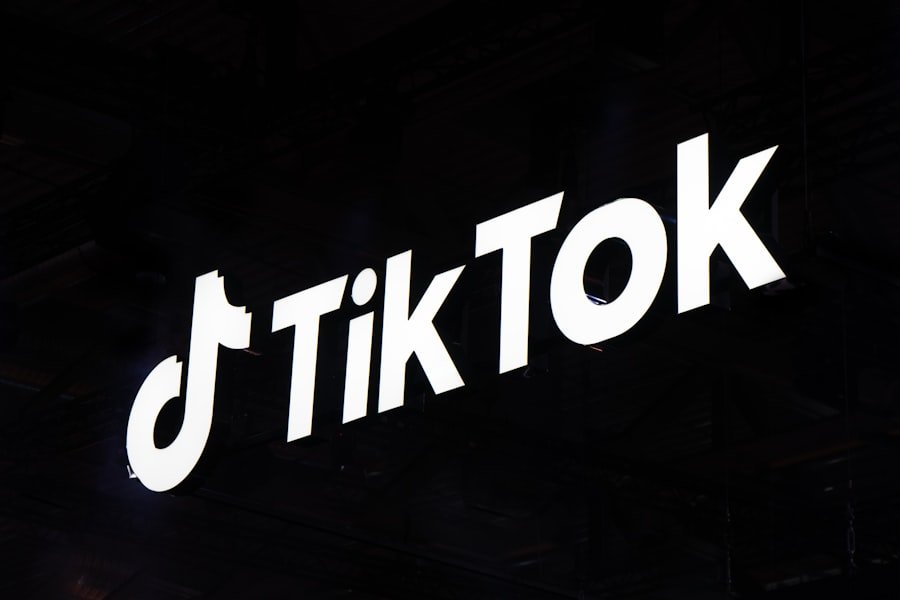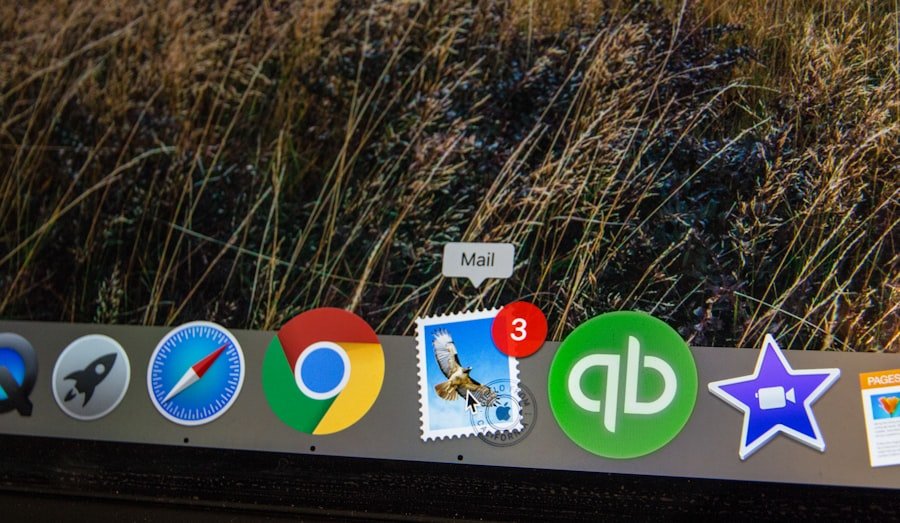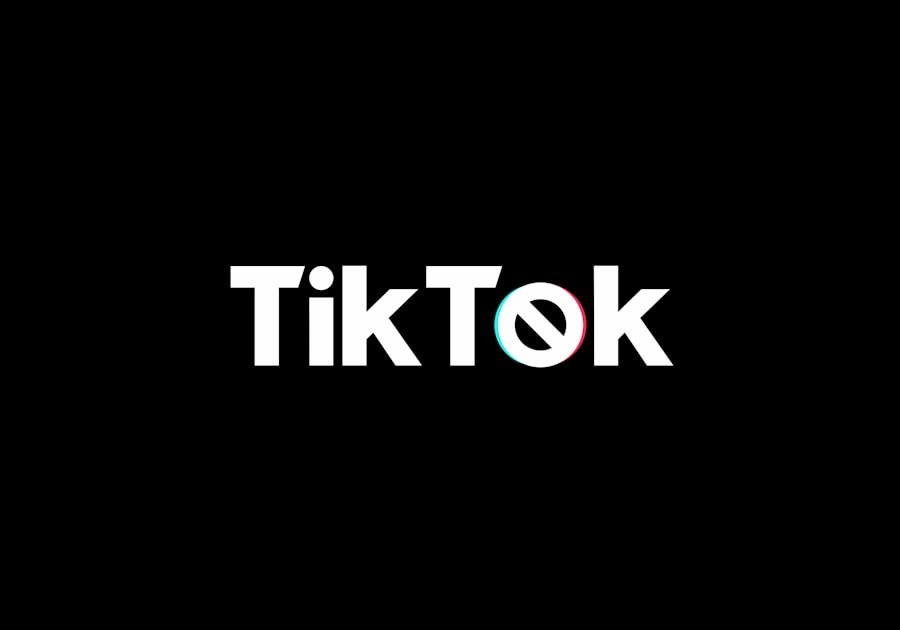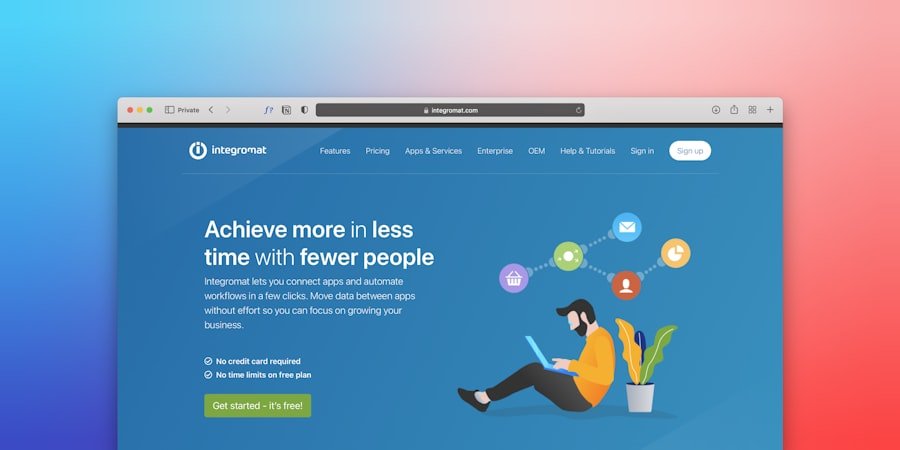In the ever-evolving landscape of social media marketing, we find ourselves increasingly drawn to the unique power of micro-influencers, particularly on platforms like TikTok. These individuals, often characterized by their follower counts ranging from 1,000 to 100,000, wield a level of influence that is both authentic and impactful. Unlike their macro counterparts, who may boast millions of followers but often struggle to maintain genuine engagement, micro-influencers foster a sense of community and trust among their audience.
This connection is crucial in today’s digital age, where consumers are more discerning and skeptical of traditional advertising methods. By collaborating with micro-influencers, brands can tap into niche markets and reach audiences that are not only engaged but also more likely to convert into loyal customers. Moreover, the importance of micro-influencers on TikTok cannot be overstated when we consider the platform’s unique algorithm and content-sharing capabilities.
TikTok thrives on creativity and relatability, allowing micro-influencers to showcase their personalities and connect with their followers in a way that feels organic. This authenticity resonates deeply with users, leading to higher engagement rates compared to larger influencers. As we navigate this dynamic environment, it becomes clear that partnering with micro-influencers can yield significant returns on investment.
Their ability to create relatable content that aligns with brand values allows for more effective storytelling, ultimately driving brand awareness and fostering customer loyalty.
Key Takeaways
- Micro-influencers on TikTok can have a significant impact on brand awareness and engagement.
- Key characteristics of micro-influencers include authenticity, niche expertise, and high engagement rates.
- TikTok’s search and discovery features can be used to build a database of potential micro-influencers.
- Leveraging hashtags and trending topics is an effective way to find relevant micro-influencers on TikTok.
- Engaging with TikTok communities can help in discovering authentic and influential micro-influencers.
Identifying Key Characteristics of Micro-Influencers
Defining Traits of Micro-Influencers
As we delve deeper into the world of micro-influencers, it becomes essential to identify the key characteristics that set them apart from other influencers. One of the most defining traits is their ability to cultivate a niche audience. Micro-influencers often focus on specific topics or interests, whether it be beauty, fitness, travel, or lifestyle. This specialization allows them to build a dedicated following that shares similar passions and values.
Targeted Marketing and Engagement
Consequently, when brands collaborate with these influencers, they gain access to a highly targeted audience that is more likely to engage with their products or services. This targeted approach not only enhances the effectiveness of marketing campaigns but also ensures that the messaging resonates with the intended demographic.
Building Trust and Loyalty
Another critical characteristic of micro-influencers is their high level of engagement with their followers. Unlike larger influencers who may struggle to respond to comments or messages due to their vast follower base, micro-influencers often prioritize interaction and community building. They take the time to engage with their audience through comments, direct messages, and live sessions, fostering a sense of belonging among their followers. This engagement translates into trust and loyalty, making their recommendations more impactful.
The Power of Community Leadership
As we consider these characteristics, it becomes evident that micro-influencers are not just content creators; they are community leaders who can drive meaningful conversations around brands and products.
Utilizing TikTok’s Search and Discovery Features for Micro-Influencer Database Building

To effectively harness the potential of micro-influencers on TikTok, we must leverage the platform’s search and discovery features. TikTok offers a variety of tools that allow us to explore content based on specific interests, trends, and hashtags. By utilizing these features, we can identify potential micro-influencers who align with our brand values and target audience.
For instance, by searching for relevant keywords or phrases related to our industry, we can uncover creators who are already discussing topics pertinent to our brand. This proactive approach not only saves time but also ensures that we are connecting with influencers who have a genuine interest in our niche. In addition to keyword searches, TikTok’s “For You” page serves as an invaluable resource for discovering emerging micro-influencers.
The algorithm curates content based on user preferences and engagement patterns, allowing us to stumble upon creators who may not yet have a massive following but possess the potential for virality. By regularly exploring this feature, we can build a diverse database of micro-influencers who resonate with our brand ethos. Furthermore, engaging with these creators early in their journey can lead to mutually beneficial partnerships as they grow alongside our brand.
Leveraging Hashtags and Trending Topics to Find Micro-Influencers
Hashtags play a pivotal role in content discovery on TikTok, making them an essential tool for identifying micro-influencers within specific niches. By researching popular hashtags related to our industry or campaign goals, we can uncover a wealth of content created by micro-influencers who are actively participating in those conversations. For example, if we are in the fitness industry, searching for hashtags like #FitnessJourney or #HealthyLiving can lead us to creators who are sharing their personal experiences and insights.
This targeted approach allows us to connect with influencers whose content aligns with our brand message while also engaging with an audience that is already interested in our offerings. In addition to static hashtags, we should also keep an eye on trending topics within the TikTok community. The platform is known for its viral challenges and trends that capture the attention of users worldwide.
By participating in these trends or collaborating with micro-influencers who are at the forefront of these movements, we can enhance our brand visibility and relevance. Engaging with trending topics not only allows us to reach new audiences but also positions our brand as an active participant in the TikTok community. As we navigate this landscape, it becomes clear that leveraging hashtags and trends is a powerful strategy for discovering micro-influencers who can amplify our message.
Engaging with TikTok Communities to Discover Micro-Influencers
Engaging with TikTok communities is another effective strategy for discovering potential micro-influencers who align with our brand values. TikTok is home to various communities centered around specific interests, hobbies, and lifestyles. By immersing ourselves in these communities—whether through comments, duets, or collaborations—we can identify creators who are passionate about similar topics and resonate with our target audience.
This engagement not only helps us discover new influencers but also fosters relationships within these communities that can lead to future collaborations. Moreover, participating in community discussions allows us to gain insights into what resonates with users and what types of content are most effective in driving engagement. By observing how micro-influencers interact with their followers and the types of content they produce, we can better understand the nuances of our target audience’s preferences.
This knowledge equips us with the tools needed to craft compelling campaigns that align with community values while also establishing our brand as a trusted voice within those spaces.
Using Analytics Tools to Identify Potential Micro-Influencers

In our quest to identify potential micro-influencers on TikTok, utilizing analytics tools becomes paramount. These tools provide valuable insights into an influencer’s performance metrics, including engagement rates, audience demographics, and content reach. By analyzing this data, we can make informed decisions about which micro-influencers align best with our brand objectives.
For instance, an influencer with a smaller follower count but high engagement rates may be more effective than one with a larger following but lower interaction levels. This data-driven approach allows us to prioritize quality over quantity when selecting influencers for collaboration. Additionally, analytics tools can help us track trends over time, enabling us to identify rising stars within the micro-influencer space.
By monitoring engagement patterns and audience growth rates, we can spot creators who are gaining traction and may soon become key players in their respective niches. This foresight allows us to establish relationships early on and collaborate with influencers who have the potential for significant impact as they continue to grow their presence on TikTok.
Building and Organizing a Database of Micro-Influencers on TikTok
Once we have identified potential micro-influencers through various strategies, it becomes essential to build and organize a comprehensive database for future reference. This database should include key information such as influencer names, follower counts, engagement rates, niche categories, and contact details. By creating a structured system—whether through spreadsheets or specialized influencer marketing platforms—we can easily access this information when planning campaigns or outreach efforts.
A well-organized database not only streamlines our collaboration process but also allows us to track influencer performance over time. Furthermore, maintaining this database requires regular updates as influencer metrics can change rapidly on platforms like TikTok. By keeping tabs on follower growth and engagement trends, we can ensure that our database remains relevant and effective in guiding our influencer marketing strategies.
Additionally, categorizing influencers based on specific criteria—such as niche focus or past collaboration success—enables us to tailor our outreach efforts more effectively. As we build this resource, it becomes clear that organization is key to maximizing the potential of our micro-influencer partnerships.
Establishing Relationships with Micro-Influencers for Collaborations and Campaigns
Establishing strong relationships with micro-influencers is crucial for successful collaborations and campaigns on TikTok. Unlike traditional advertising methods that often feel transactional, influencer partnerships thrive on authenticity and mutual respect. To foster these relationships, we should prioritize open communication and transparency from the outset.
By clearly outlining campaign goals and expectations while also valuing the influencer’s creative input, we create an environment conducive to collaboration. This approach not only enhances the quality of content produced but also strengthens the bond between our brand and the influencer. Moreover, nurturing these relationships extends beyond individual campaigns; it involves ongoing engagement and support for the influencer’s work as well.
By sharing their content on our platforms or providing feedback on their posts, we demonstrate our commitment to their success as creators. This reciprocity fosters loyalty and encourages influencers to advocate for our brand authentically within their communities. As we invest time and effort into building these relationships, we position ourselves for long-term success in leveraging micro-influencer partnerships on TikTok—ultimately driving brand awareness and customer loyalty in an increasingly competitive landscape.
For those interested in leveraging the power of micro-influencers on platforms like TikTok, it’s crucial to understand the strategies involved in building an effective database of potential influencer partners. A related resource that can provide additional insights into this topic is an article on music promotion strategies at Seemless.cloud. This article delves into various techniques that can be applied not only to music promotion but also to broader influencer marketing efforts. You can explore these strategies in more detail by visiting Music Promotion Strategies at Seemless.cloud. This resource is particularly useful for those looking to enhance their digital marketing campaigns by collaborating with influencers who have a significant impact in their niche markets.
FAQs
What is a micro-influencer?
A micro-influencer is an individual who has a smaller but highly engaged following on social media, typically ranging from 1,000 to 100,000 followers. They are known for their niche expertise and high levels of interaction with their audience.
What is TikTok?
TikTok is a social media platform that allows users to create and share short-form videos, often featuring music, dance, and other creative content. It has gained popularity for its user-friendly interface and algorithm-driven content discovery.
What is micro-influencer discovery on TikTok?
Micro-influencer discovery on TikTok refers to the process of identifying and building a database of micro-influencers on the platform. This involves researching, analyzing, and categorizing potential influencers based on their content, engagement, and audience demographics.
Why is database building important for micro-influencer discovery on TikTok?
Building a database of micro-influencers on TikTok is important for brands and marketers looking to collaborate with influencers for marketing campaigns. It allows for efficient outreach, tracking of influencer performance, and strategic planning for influencer partnerships.
What are some database building strategies for micro-influencer discovery on TikTok?
Database building strategies for micro-influencer discovery on TikTok may include using social listening tools, engaging with TikTok communities, analyzing engagement metrics, and leveraging influencer marketing platforms. These strategies help in identifying and categorizing potential micro-influencers for collaboration.



























